Brown Hair Shades
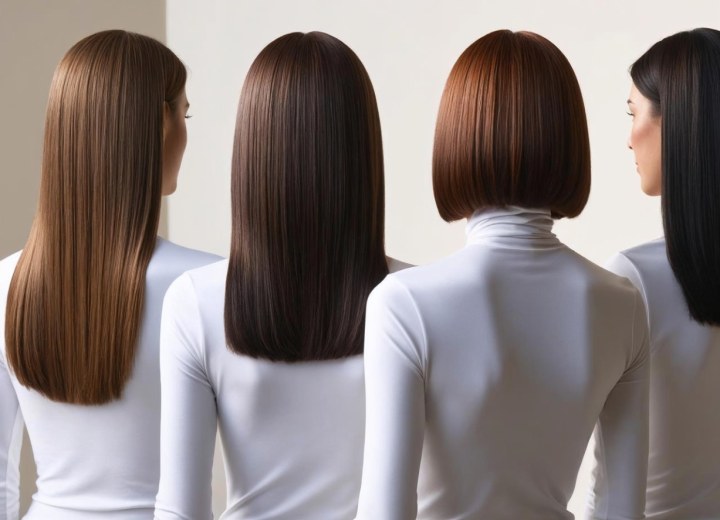
Q: I hear all sorts of names for different shades of brown hair. Can you give me an overview of all the names for different shades of brown hair, what they look like, and why they have those names?
A: The naming of brown hair shades can vary depending on personal perception and regional differences, so names should be used with some flexibility. Below is an overview of brown hair shades as I see them.
1. Light brown shades
2. Medium brown shades
3. Dark brown shades
4. Red-brown shades
Each category includes distinct shades with unique characteristics and origins for their names.
1. Light Brown Hair Shades
Light brown hair sits between blonde and medium brown on the color spectrum. These shades often have warm undertones and can appear naturally sun-kissed.
• Honey Brown – Named for its warm, golden hue, reminiscent of honey. It has yellow-gold undertones and a naturally radiant glow.
• Caramel Brown – Inspired by caramel candy, this shade features warm, golden-brown tones with hints of amber.
• Amber Brown – Named after the fossilized resin, this shade has a warm, slightly reddish-golden tint.
• Butterscotch Brown – A light golden-brown shade named after the confection made from butter and brown sugar.
Light brown shades tend to reflect light beautifully, revealing golden or reddish highlights in the sun and emphasizing their depth indoors.
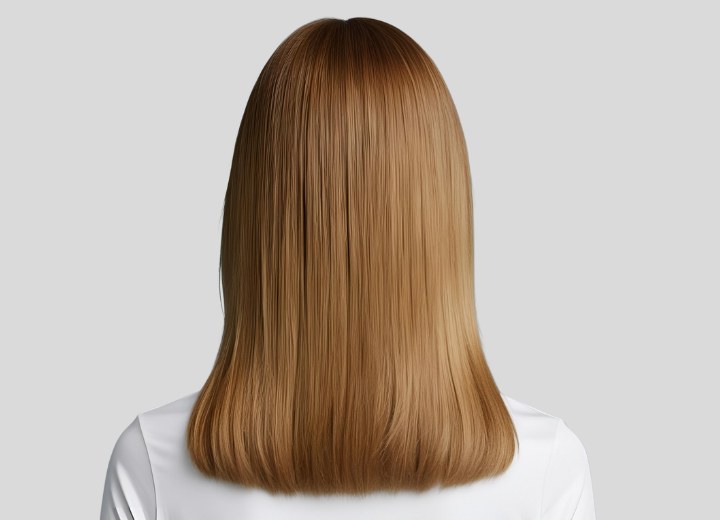
2. Medium Brown Hair Shades
Medium brown hair strikes a balance between light and dark brown, offering richness and depth while maintaining a natural appearance.
• Chestnut Brown – Named after chestnut tree nuts, this medium brown has subtle red undertones.
• Chocolate Brown – Inspired by milk chocolate, this shade is a warm, rich medium brown.
• Golden Brown – A medium brown with prominent gold or yellow undertones, often appearing sun-lightened.
• Cinnamon Brown – Named after the spice, this medium brown has noticeable reddish-orange undertones.
Medium brown hair offers excellent dimension, appearing richer indoors while revealing complex undertones in natural light. It suits a variety of skin tones and enhances facial features.
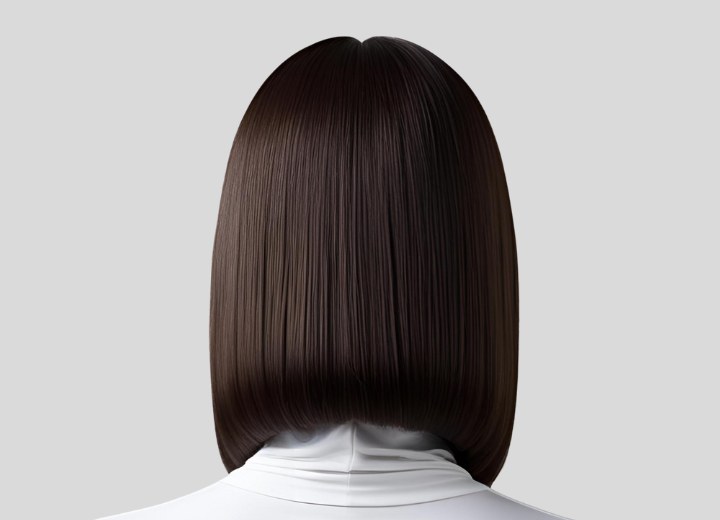
3. Dark Brown Hair Shades
Dark brown hair sits at the deeper end of the brown spectrum, providing intense color with subtle variations in tone and undertone.
• Coffee Brown – A deep brown shade named after coffee beans, often with subtle warm undertones.
• Espresso Brown – Inspired by the concentrated coffee drink, this is a very dark, almost-black brown.
• Mocha Brown – A dark brown with subtle chocolate or reddish undertones, named after the coffee-chocolate beverage.
• Dark Chocolate Brown – A very dark brown with cool undertones, reminiscent of dark chocolate.
Dark brown hair creates striking contrast against fair skin and harmonizes beautifully with olive and deeper skin tones.
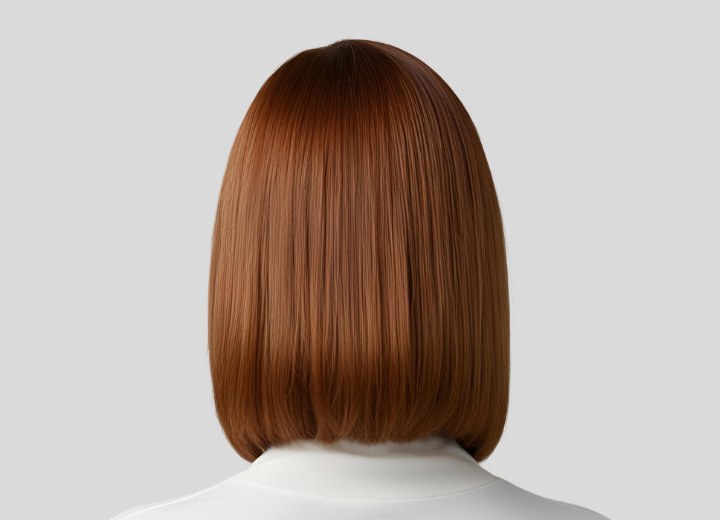
4. Red-Brown Hair Shades
Red-brown hair blends the depth of brown with warm red undertones, creating vibrant, multidimensional shades.
• Auburn – A classic medium brown with prominent red undertones, recognized since medieval times.
• Mahogany – Named after the reddish-brown hardwood, this deep brown has strong red undertones, appearing dark indoors but vibrant in sunlight.
• Copper Brown – Inspired by oxidized copper, this brown has orange-red undertones.
• Burgundy Brown – Named after Burgundy wine, this deep red-brown has wine-colored undertones, sometimes appearing almost purple in certain lighting.
Red-brown shades reflect light beautifully, with red tones becoming more pronounced in direct sunlight and providing depth in softer lighting. These shades often enhance green and hazel eyes, creating a striking effect.
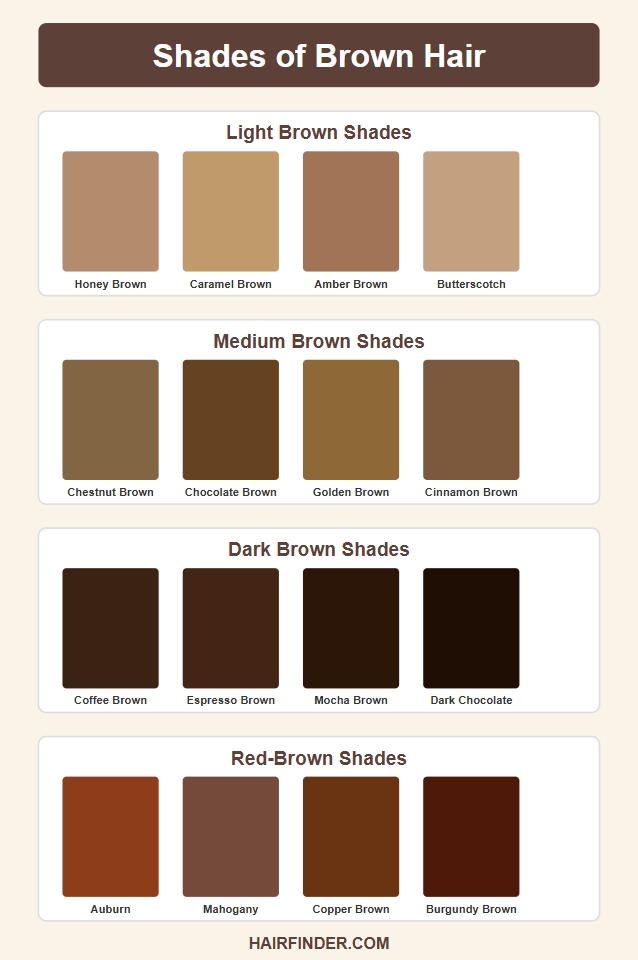
5. The Evolution of Brown Hair Shade Names
The names for brown hair shades have changed over time, with new terms constantly emerging. Traditional names like chestnut, auburn, and mahogany have been used for centuries, while modern trends have introduced food-inspired names like chocolate, caramel, and cinnamon.
In recent years, marketing strategies and social media have played a significant role in shaping hair color terminology. Hair color brands frequently create unique names to distinguish their products, leading to terms like "bronde," "mushroom brown," and "cold brew." Platforms like Instagram and Pinterest have popularized even more visually evocative names, such as "tiger eye" and "cinnamon cookie."
As hair coloring technology continues to evolve, so will the language of brown hair shades, introducing even more creative and nuanced names to capture subtle variations in color.
©Hairfinder.com
See also: What is dimensional hair color?